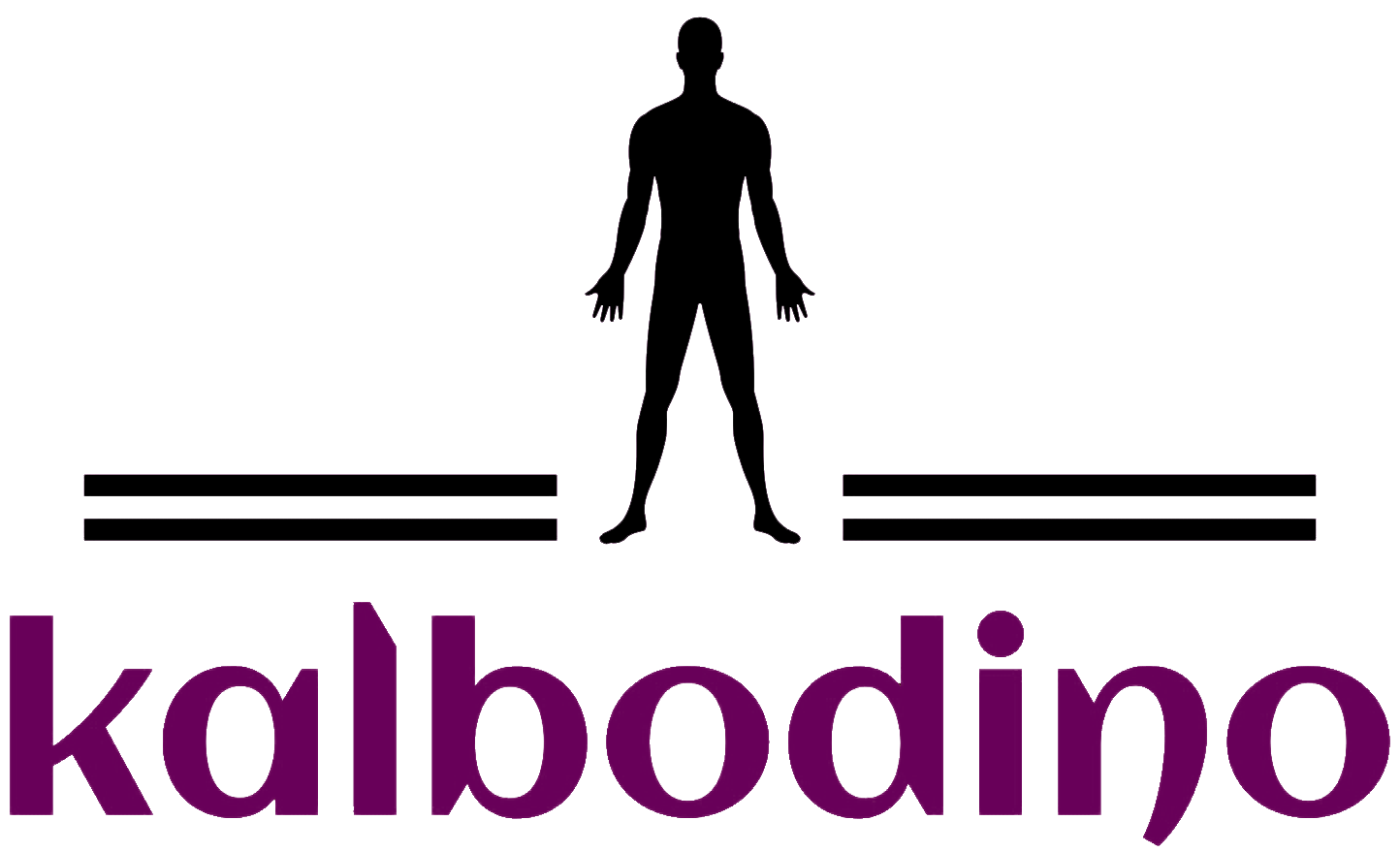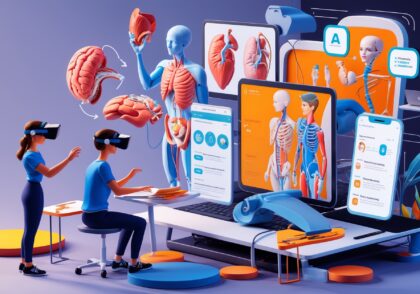History and concept of the exhibition – The World of the Body
Introduction
The “Body World” exhibition is one of the most prestigious and fascinating exhibitions ever held to introduce human anatomy to the world. The exhibition, which has had a significant impact, especially in the field of anatomy and medical education, offers visitors a unique opportunity to observe the structures of the human body in detail. In this article, we will comprehensively discuss the history, importance and characteristics of the “Body World” exhibition, its educational impact and its controversies and challenges.
History and concept of the exhibition “Body World“
Opening of the exhibition and first performances
The “Body World” exhibition was originally launched by Dr. Günter von Hagens, a German physician and anatomist. The exhibition was first held in Germany in the 1990s and quickly became a leading scientific and educational phenomenon. The main goal of the exhibition is to educate people about the structure of the human body and the importance of maintaining health through accurate and realistic depictions of various body parts.
The first exhibition:
-
- First in Germany in 1995
- Global reception of the exhibition
- Using plastination to preserve bodies
Plastination technique at the exhibition
The “Body World” exhibition is based on the plastination technique, which was developed by Dr. von Hagens. This technique completely preserves human and animal bodies and allows anatomical structures to be preserved for long periods of time without decay or biological changes. With this method, visitors can view human bodies in various anatomical positions.
Plastination steps:
-
- Remove water and fat from the body
- Replacing polymeric materials such as silicone or resin
- Drying and structural stabilization process
Unique Features of the “Body World” Exhibition
A unique experience of human anatomy
The “Body World” exhibition is a unique opportunity to observe the structures of the human body in detail. In this exhibition, visitors will be able to see the human body in different states, including displays of muscles, bones, the nervous system and the circulatory system. The exhibition not only displays the muscles and skeleton of the body, but also displays internal organs such as the heart, lungs and brain.
Exhibition Features:
-
- Showing the anatomy of the body in different positions
- Using real human bodies
- Using advanced techniques to accurately depict anatomy
Showing human body parts in different positions
One of the exhibition’s standout features is the display of human body parts in various states. Bodies are not only displayed in normal, normal states, but also in diseased states and under specific conditions. This allows visitors to see up close how various diseases and disorders can affect the body.
Different modes of displaying body parts:
-
- Show healthy members
- Displaying injured or diseased organs
- Display of anatomical changes due to surgery
Educational Impact of the “Body World” Exhibition
Teaching anatomy to medical students and professionals
The “Body World” exhibition has had a significant impact, especially in the field of anatomy education for medical students and other medical professionals. Using plastinated bodies, the exhibition allows students to closely observe body parts and can be used as an effective teaching tool in universities and medical schools.
Educational benefits:
-
- Ability to view anatomy in detail and in three dimensions
- Training based on actual observation
- Detailed analysis of human body structures
- Use in training programs for professionals
Public education and health awareness promotion
In addition to its educational impact at the university level, the “Body World” exhibition has also helped to promote public awareness about health and body care. Visitors to the exhibition can learn more about the importance of health and disease prevention methods by seeing the structures of the human body and the effects of diseases.
General education:
-
- Promoting awareness about health and anatomy
- Help prevent diseases and injuries
- Encouraging healthier living
Controversies and challenges in the “Body World” exhibition
Moral and cultural criticisms
Despite all its educational benefits, the “Body World” exhibit has faced some ethical criticism. Some people, including religious and human rights groups, have objected to the use of human bodies to demonstrate anatomy. These groups see it as a violation of respect for individuality and human dignity.
Moral criticisms:
-
- Objection to the use of human bodies
- Ethical concerns about how bodies are collected
- Cultural and religious influences
Legal and legal issues
Legal issues are also another challenge for the exhibition. The use of human bodies requires legal approvals, and in some countries, there are strict laws regarding the use of these types of specimens. Dr. von Hagens and his team must obtain various legal permits to collect and display the bodies in exhibitions.
Legal issues:
-
- The need for legal permits to use bodies
- Establishing body collection centers under specific laws
- Observing legal principles in the use of human bodies
Conclusion
The “Body World” exhibition, using the plastination technique, has provided visitors with a unique opportunity to observe the human anatomy in detail and realistically. The exhibition is not only useful on an educational level for medical students and professionals, but has also helped to raise public awareness about the human body and the importance of health. However, the exhibition has faced challenges, including ethical criticism and legal issues. Considering the scientific and educational significance of this exhibition, it can be said that “Body World” is one of the most outstanding scientific and artistic achievements in the field of anatomy display.







Leave a Reply
You must be logged in to post a comment.